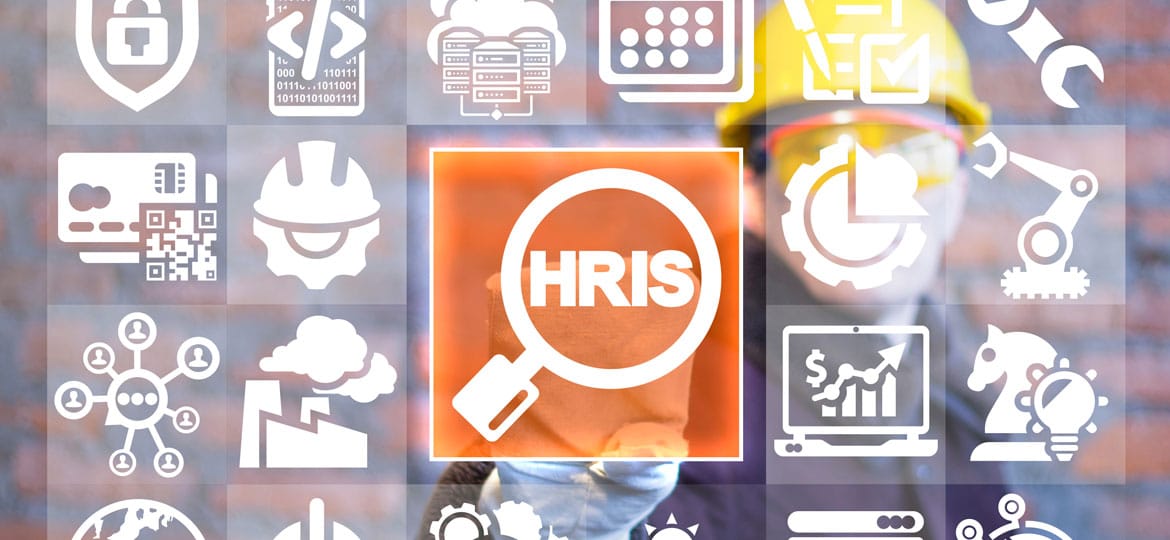In today’s fast-paced business environment, managing payroll and human resources can be a daunting task. However, with the advent of technology, businesses now have access to powerful tools known as Payroll and HRIS (Human Resources Information Systems) systems. These systems not only streamline payroll processing but also offer a range of features to efficiently manage human resources. Let’s delve deeper into the world of the best payroll and HRIS systems, exploring their features, benefits, and implementation strategies.

Introduction to Payroll and HRIS Systems
In the ever-evolving landscape of business operations, the importance of payroll and HRIS systems cannot be overstated. These systems have undergone significant transformations over the years, evolving from manual processes to sophisticated digital solutions. Payroll systems handle tasks such as calculating wages, withholding taxes, and issuing paychecks, while HRIS systems manage employee data, including payroll information, benefits administration, and performance evaluations.
Key Features to Look for in Payroll and HRIS Systems
When selecting the right payroll and HRIS system for your business, it’s essential to consider several key features. Firstly, automation capabilities streamline repetitive tasks, reducing the likelihood of errors and saving valuable time. Compliance management features ensure that payroll processes adhere to relevant laws and regulations, minimizing the risk of costly penalties. Integration with other systems, such as accounting software and time-tracking tools, enhances efficiency by centralizing data and eliminating duplication of efforts. Additionally, providing employees with self-service options empowers them to access and update their information independently, reducing administrative burdens.
Benefits of Implementing Payroll and HRIS Systems
The implementation of payroll and HRIS systems offers numerous benefits to businesses of all sizes. One of the most significant advantages is time-saving. By automating payroll processes and centralizing employee data, these systems free up valuable time for HR professionals to focus on strategic initiatives. Moreover, the accuracy of payroll processing is greatly improved, reducing the likelihood of errors and discrepancies. Enhanced data security features safeguard sensitive employee information, mitigating the risk of data breaches and identity theft. Additionally, by providing employees with self-service options, such as online access to pay stubs and benefits information, businesses can improve overall employee satisfaction and engagement.
Top Payroll and HRIS Systems in the Market
Several leading providers offer robust payroll and HRIS solutions tailored to the needs of businesses across various industries. Among these providers, some stand out for their comprehensive features, user-friendly interfaces, and competitive pricing.
One such provider is ADP, a well-established company known for its scalable payroll and HR solutions. ADP offers a range of services, including payroll processing, benefits administration, and talent management, all accessible through a single platform. Another notable provider is Paycom, which offers a cloud-based HRIS system with features such as payroll processing, time and attendance tracking, and employee onboarding.
Case Studies: Successful Implementation Stories
Real-life examples of companies benefiting from payroll and HRIS systems abound. Take, for instance, Company X, a mid-sized manufacturing firm struggling with manual payroll processes and disparate HR systems. After implementing a comprehensive HRIS system, Company X experienced significant improvements in efficiency, accuracy, and employee satisfaction. Similarly, Company Y, a large retail chain, streamlined its payroll processes and gained valuable insights into workforce management through the implementation of a cloud-based HRIS system.
Factors to Consider Before Choosing a System
Before investing in a payroll and HRIS system, businesses should carefully evaluate several factors to ensure a seamless implementation process. Budget constraints play a significant role in selecting the right system, as pricing structures vary among providers. Scalability is another crucial consideration, especially for growing businesses looking to expand their operations in the future. Additionally, assessing the level of customer support offered by providers is essential for addressing any issues that may arise during and after implementation.
Common Challenges in Implementing Payroll and HRIS Systems
While the benefits of payroll and HRIS systems are undeniable, their implementation can pose challenges for businesses. Resistance to change among employees accustomed to manual processes may hinder adoption rates and require thorough change management strategies. Data migration issues, such as transferring existing employee data to the new system accurately, can also present challenges. Furthermore, the complexity of these systems may necessitate extensive training for HR staff and employees to ensure proficiency and maximize utilization.
Best Practices for Smooth Implementation
To overcome the challenges associated with implementing payroll and HRIS systems, businesses should adhere to best practices. Clear communication with stakeholders, including employees and management, is paramount for garnering support and addressing concerns effectively. Thorough testing of the system before launch ensures that any bugs or issues are identified and resolved promptly. Additionally, conducting ongoing evaluations and seeking feedback from users enables businesses to identify areas for improvement and optimize system functionality continuously.
Future Trends in Payroll and HRIS Systems
Looking ahead, the future of payroll and HRIS systems promises exciting developments driven by technological advancements. Artificial intelligence (AI) integration holds the potential to revolutionize HR processes by automating mundane tasks, predicting future trends, and providing actionable insights. Predictive analytics will enable businesses to anticipate workforce needs and make data-driven decisions to drive organizational success. Furthermore, the shift towards mobile-friendly platforms will cater to the growing trend of remote work and empower employees to access HR services anytime, anywhere.
Conclusion
In conclusion, the adoption of the best payroll and HRIS systems is essential for businesses looking to streamline their operations, improve efficiency, and enhance employee satisfaction. By selecting a system with robust features, businesses can automate payroll processes, centralize employee data, and gainvaluable insights into workforce management. With the plethora of options available in the market, it’s crucial for businesses to carefully assess their needs, budget constraints, and long-term goals before choosing a system. By implementing best practices and overcoming common challenges, businesses can ensure a smooth transition to a payroll and HRIS system that meets their requirements and drives organizational success.
FAQs (Frequently Asked Questions)
- How do payroll and HRIS systems differ? Payroll systems primarily focus on processing employee wages, taxes, and benefits, while HRIS systems encompass a broader range of functions, including employee data management, performance tracking, and benefits administration.
- Can payroll and HRIS systems handle complex payroll calculations? Yes, modern payroll and HRIS systems are equipped with advanced algorithms and functionalities to handle complex payroll calculations, including deductions, bonuses, and taxes, ensuring accuracy and compliance with regulations.
- Are payroll and HRIS systems customizable to fit unique business needs? Many payroll and HRIS systems offer customization options, allowing businesses to tailor the software to their specific requirements. This may include adding or removing features, integrating with other systems, and configuring workflows to align with business processes.
- How long does it take to implement a payroll and HRIS system? The implementation timeline for a payroll and HRIS system varies depending on factors such as the size of the organization, the complexity of the system, and the level of customization required. On average, implementation can take several weeks to several months, including data migration, training, and testing phases.
- What kind of ongoing support do providers offer after implementation? Most payroll and HRIS providers offer ongoing support services to assist businesses with any issues or questions that may arise after implementation. This may include dedicated customer support teams, online resources such as knowledge bases and tutorials, and regular software updates to address bugs and improve functionality.
